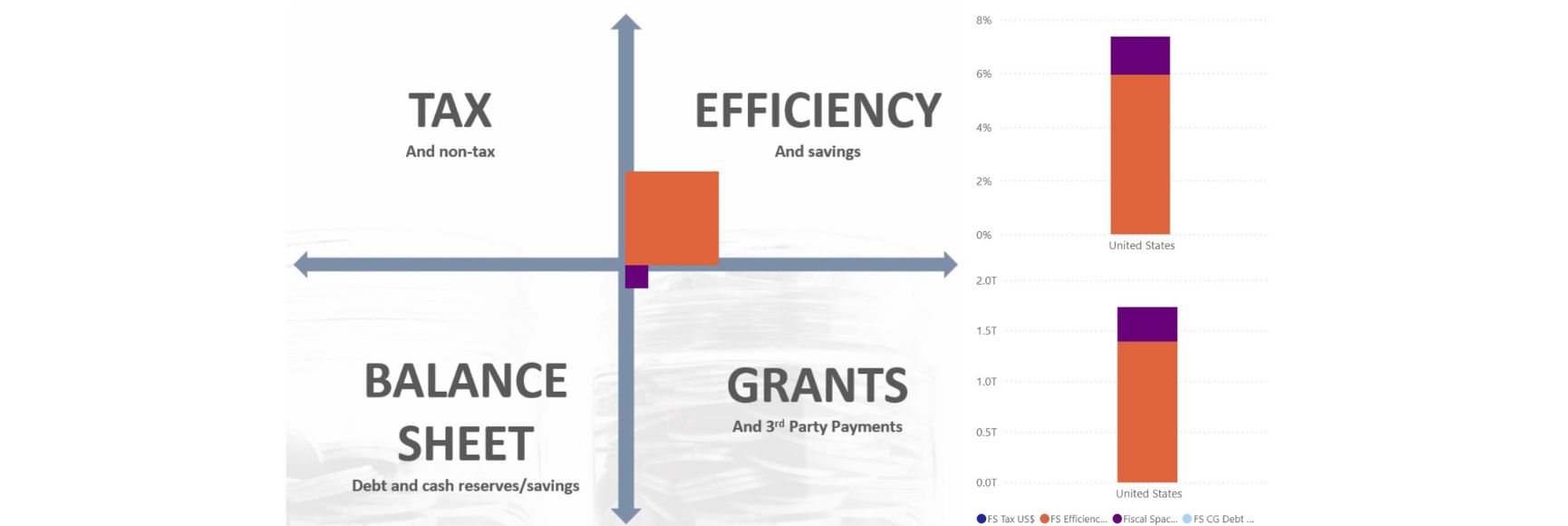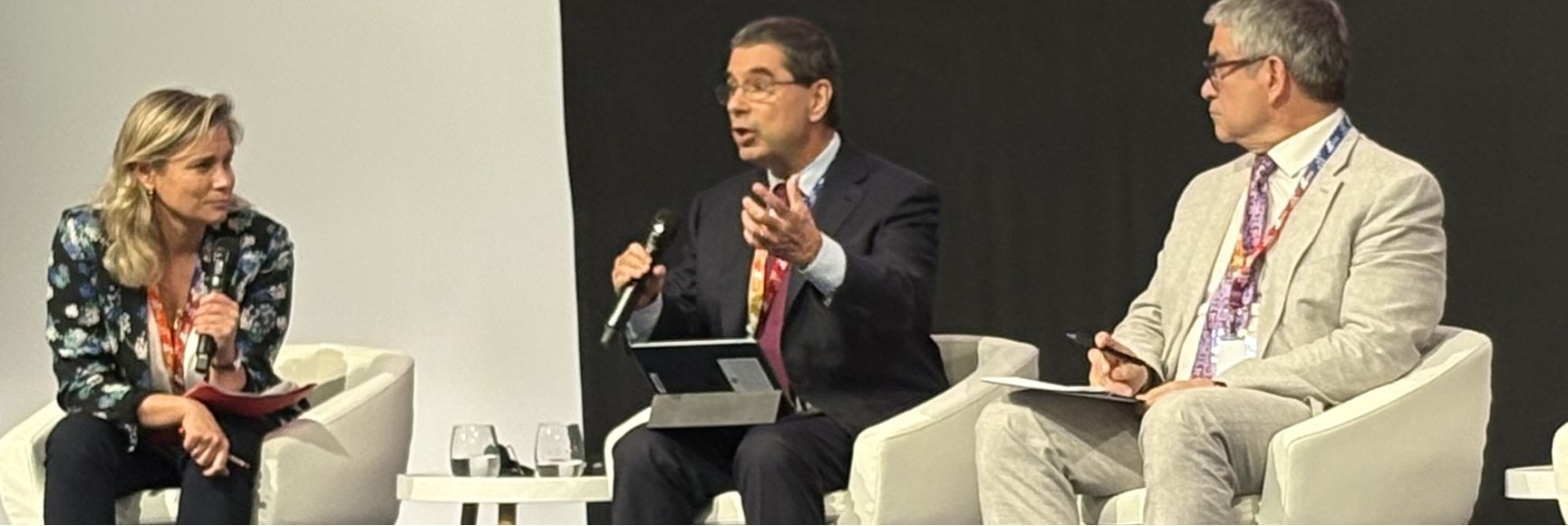Posted by Joanne Asquith
Over the last decade or so, donor support for activities in public sector financial management (PFM) has grown more than ten fold, from US$85.1 million in 1995 to US$930.6 million in 2007. Nevertheless, surprisingly little evidence and analysis exists on the comparative performance of PFM systems across countries and over time, on the factors that underpin successful PFM reforms, and the role that donor agencies play in the reform process.
To help to fill this gap, an analytical study of quantitative cross-country evidence on public finance management in developing countries was undertaken by a team of researchers at the Overseas Development Institute. The study is part of a broader evaluation of PFM reforms in developing countries initiated by the evaluation departments of DANIDA, SIDA, DFID and the AFDB.
A number of findings from the cross-country analysis are of relevance to donor approaches and policies on PFM reforms:
- Economic factors are most important in explaining differences in the quality of PFM systems. Aid-related factors, on the other hand, have more limited explanatory power. As a consequence, PFM systems are more likely to improve responding to changing economic circumstances, rather than to donor efforts.
- More specifically, countries with higher levels of per capita income, with larger populations and with a better recent economic growth record are characterised by better quality PFM systems. On the other hand, state fragility, defined as being in a conflict or post-conflict situation, has a negative effect on the quality of PFM systems.
- The analysis finds a positive and significant, albeit weak, correlation between donor support to PFM reforms and improvements in PFM systems and, on average, countries that received more PFM-related technical assistance have better PFM systems. However, these average effects cannot be taken as causal and universal, and need to be further investigated.
- The results remain consistent through a number of robustness checks and model changes. Interesting additional results come from using more recent data or focusing on low-income countries only. In these cases, the share of total aid provided as general budget support is also positively and significantly associated with better PFM quality. In other words aid modalities, and not just direct support to PFM reforms, are seen to affect the quality of PFM systems in some of the poorer countries where most donor efforts are concentrated.
- Finally, various aspects of donor support differ in their relationship with more specific PFM processes. A longer period of donor engagement, for example, is associated with better performance in upstream and organizationally central processes. This may be due to donors’ historical tendency to pay more attention to these simpler reform areas, but could also reflect the fact that downstream, and organizationally deconcentrated processes take longer to improve.
- The level of donor PFM support is also strongly associated with centralised PFM processes highlighting how donor PFM support seems to focus more on rules, procedures and specific actors within government.
At the same time, these results suffer from a number of serious limitations and challenges, including the following:
- Data quality remains an issue, especially with regard to information about PFM support from donors.
- The direction of causality cannot be proved; so the results could reflect the fact that donors tend to provide more PFM-related assistance (and more general budget support) to countries that have already achieved a certain success in improving the quality of their PFM systems.
- Limited time series data on the quality of PFM systems.
These limitations and challenges point to the need to interpret the results of the analysis presented in the paper with caution. Moreover, they highlight the need to complement the quantitative findings with in-depth qualitative research at country level, explaining not only if and when donor PFM support has had an impact on PFM systems, but also why and how it did.
The next stage of the evaluation is a series of country case studies starting shortly in Burkina Faso, Malawi and Ghana.
Note: The posts on the IMF PFM Blog should not be reported as representing the views of the IMF. The views expressed are those of the authors and do not necessarily represent those of the IMF or IMF policy.





